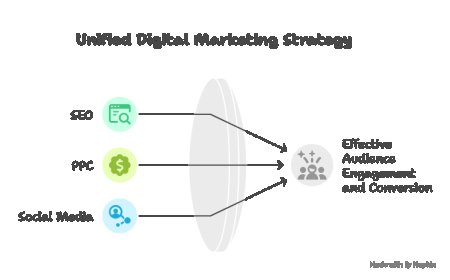CAGR Calculator – Instantly Calculate Your Annualized Investment Growth
Quickly determine your compound annual growth rate with our free, easy-to-use tool. Understand the formula, interpret your results, and confidently compare different investments.

What is CAGR?
CAGR (Compound Annual Growth Rate) represents the smoothed annual growth rate of your investment, eliminating the noise from yearly ups and downs. Think of it as your portfolios average speedometer over the entire period.
Why CAGR Matters
- A $10,000 investment growing to $20,000 in 5 years has a CAGR of 14.87%, even if the annual returns fluctuated dramatically.
- Unlike simple total returns, CAGR allows fair comparisons between stocks, mutual funds, or business revenues across varying timeframes.
How to Use This CAGR Calculator
- Enter your values:
- Initial investment (e.g., $10,000)
- Final value (e.g., $25,000)
- Investment duration in years (e.g., 7 years)
CAGR Formula & How to Calculate Manually
CAGR converts irregular investment growth into a consistent annual rate:
CAGR=(FinalValueInitialValue)1Years?1\text{CAGR} = \left(\frac{\text{Final Value}}{\text{Initial Value}}\right)^{\frac{1}{\text{Years}}} - 1CAGR=(InitialValueFinalValue?)Years1??1
Example:
- Initial Value = $5,000
- Final Value = $12,000
- Duration = 6 years
CAGR=(12,0005,000)16?1=15.10%\text{CAGR} = \left(\frac{12,000}{5,000}\right)^{\frac{1}{6}} - 1 = 15.10\%CAGR=(5,00012,000?)61??1=15.10%
Excel shortcut:
=((FV/IV)^(1/n))-1
CAGR vs. Other Growth Metrics
|
Metric
|
Pros
|
Cons
|
Best Used For
|
|
CAGR
|
Smooths out volatility
|
Ignores cash flow timing
|
Multi-year performance comparison
|
|
AAGR
|
Shows yearly trends
|
Can overstate growth
|
Short-term trend analysis
|
|
Absolute
|
Simple dollar change
|
Misleading over long periods
|
Quick profit/loss overview
|
Real-World CAGR Examples
Case 1: Stocks vs. Mutual Funds
- Stock A: $8,000 ? $22,000 in 10 years ? 10.66% CAGR
- Fund B: $8,000 ? $18,000 in 10 years ? 8.45% CAGR
Key insight: Higher absolute returns dont always mean a higher CAGR.
[Calculate Mutual Fund CAGR Here]
Case 2: Business Revenue Growth
A startups revenue grows from $200K in Year 1 to $1.2M in Year 5, with a CAGR of 43.09% even if some years saw declines.
Limitations of CAGR
?? Use CAGR carefully when:
- Investment volatility matters (e.g., a 50% loss followed by a 50% gain ? 0% CAGR)
- There are cash flows (deposits or withdrawals) during the period XIRR is better here
- The time horizon is very short (1-2 years), as outliers can distort results
FAQ: Quick Answers
Q: Is CAGR the same as ROI?
A: No, ROI shows total return over time; CAGR annualizes that return.
Q: Can CAGR be negative?
A: Yes. For example, a drop from $10,000 to $7,000 over 3 years results in a -10.06% CAGR.
Q: Whats a good CAGR for stocks?
A: Historically, the market averages about 8-10% CAGR annually.



















